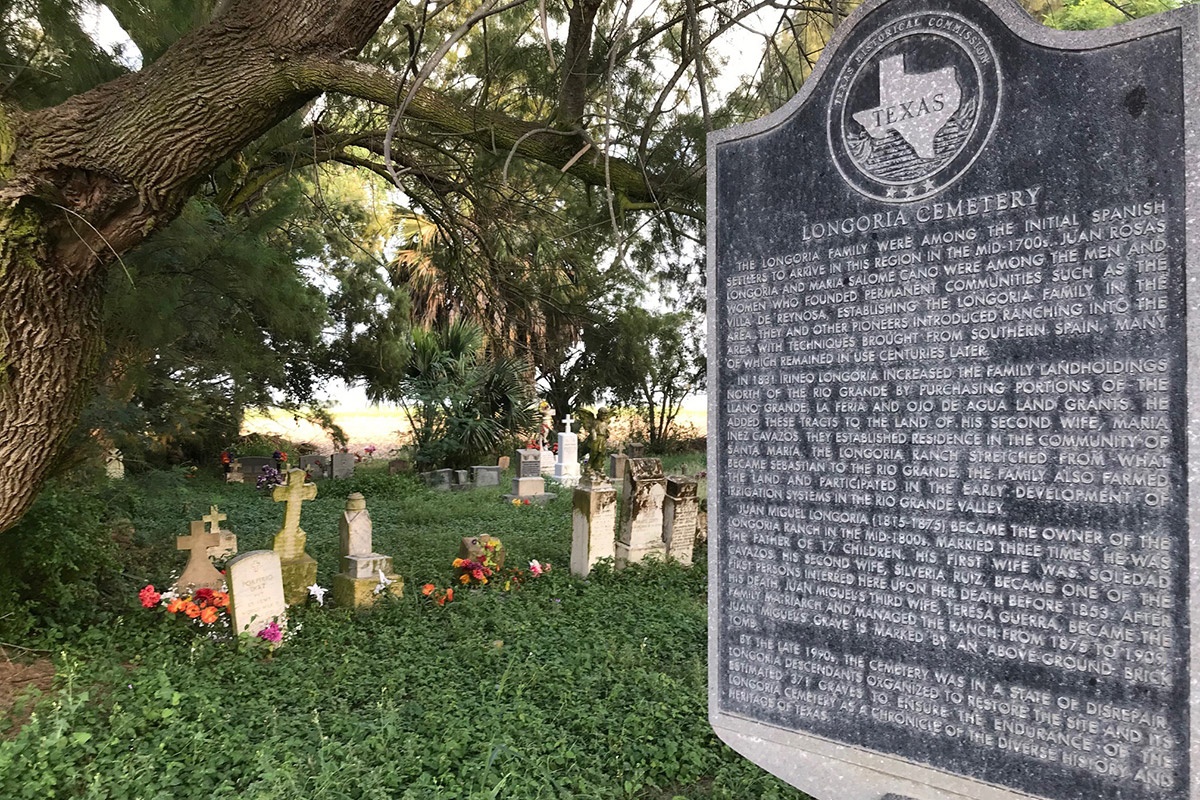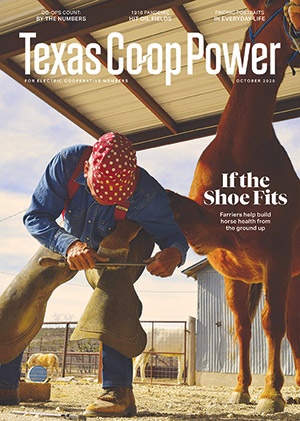My grandmother’s house was next to a 300-year-old Connecticut cemetery. That may explain why old Rio Grande Valley cemeteries attract me. I find them worth my time to stop, wander through them and discover Valley history and heritage, sometimes hidden beneath ebony pods and wildflowers.
From Port Isabel and Brownsville to Roma, old cemeteries reveal intriguing stories of epidemics, gunfights, extended families and changing times. As Halloween and Dia de Los Muertos color our imagination at this time of year, cooler weather invites us to visit some of these peace-filled old graveyards.
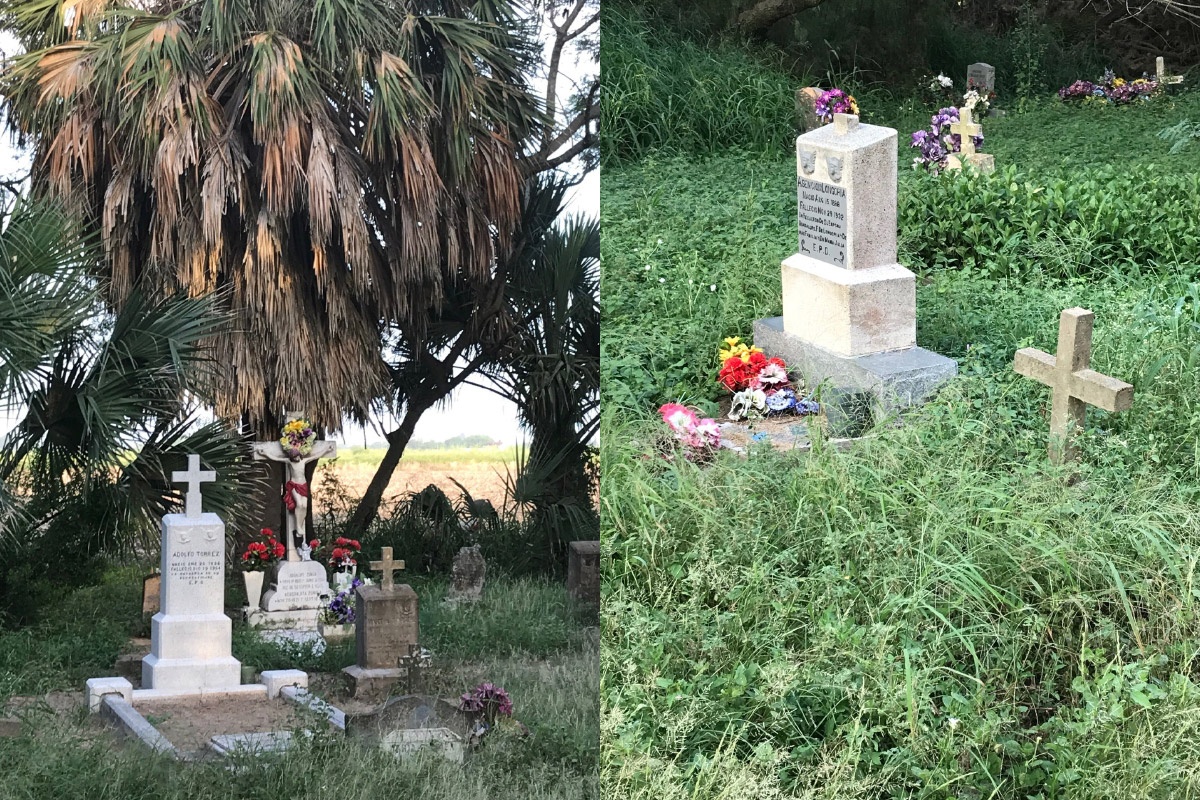
Eileen Mattei
Remember the Disney film “Coco”? It showed that loved ones live in our memories and are visible in our inherited traits. Visiting cemeteries, we celebrate those lives and times. I find sadness for those who died too young, but tranquility and gentle smiles prevail, especially when seeing photographs or engravings of smiling faces on memorials.
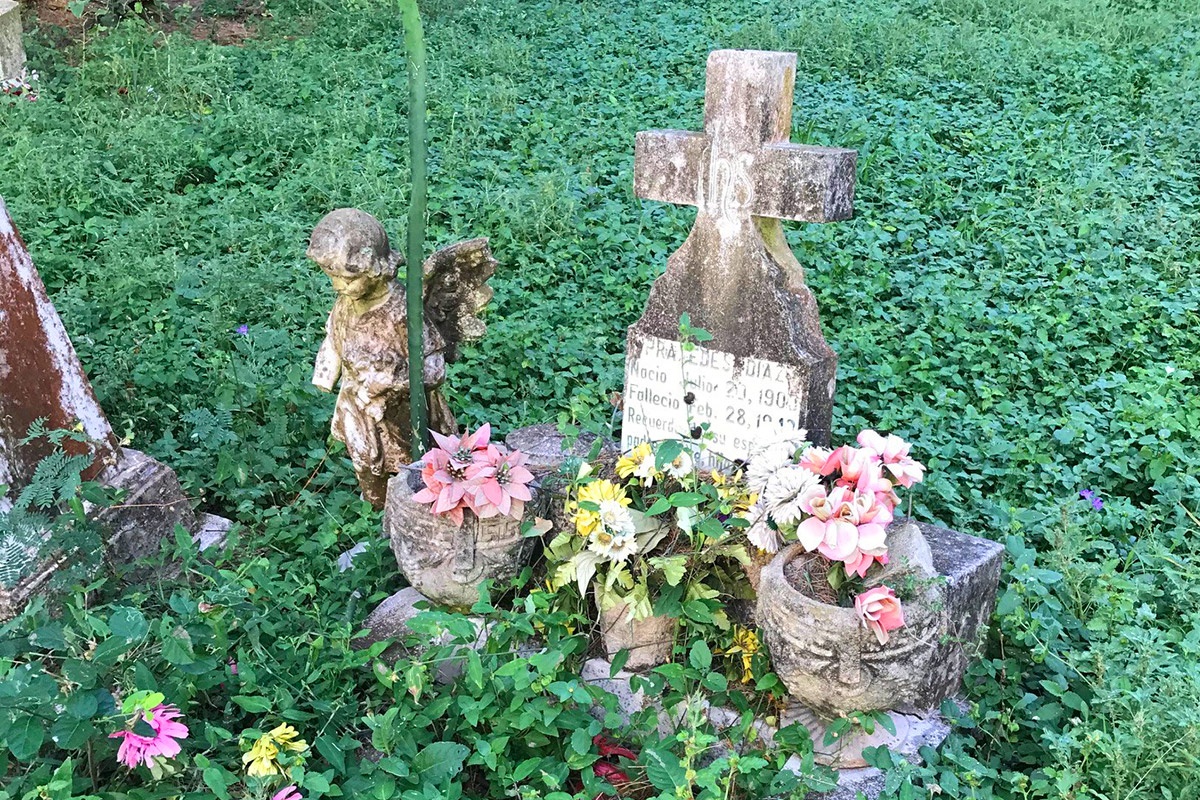
Eileen Mattei
Here on the border, ancient mesquites and Mexican olive trees cast welcome shade on stone-rimmed graves and weathered carved angels, recalling long-gone love. Cemeteries let us honor our connection to our ancestors, our roots. They also reflect the multiple cultural traditions of the Valley’s unique, blended population. On tombstones, Hispanic, Norwegian, Russian, Anglo, French, and Swedish names recall the origins of the Valley’s immigrants.
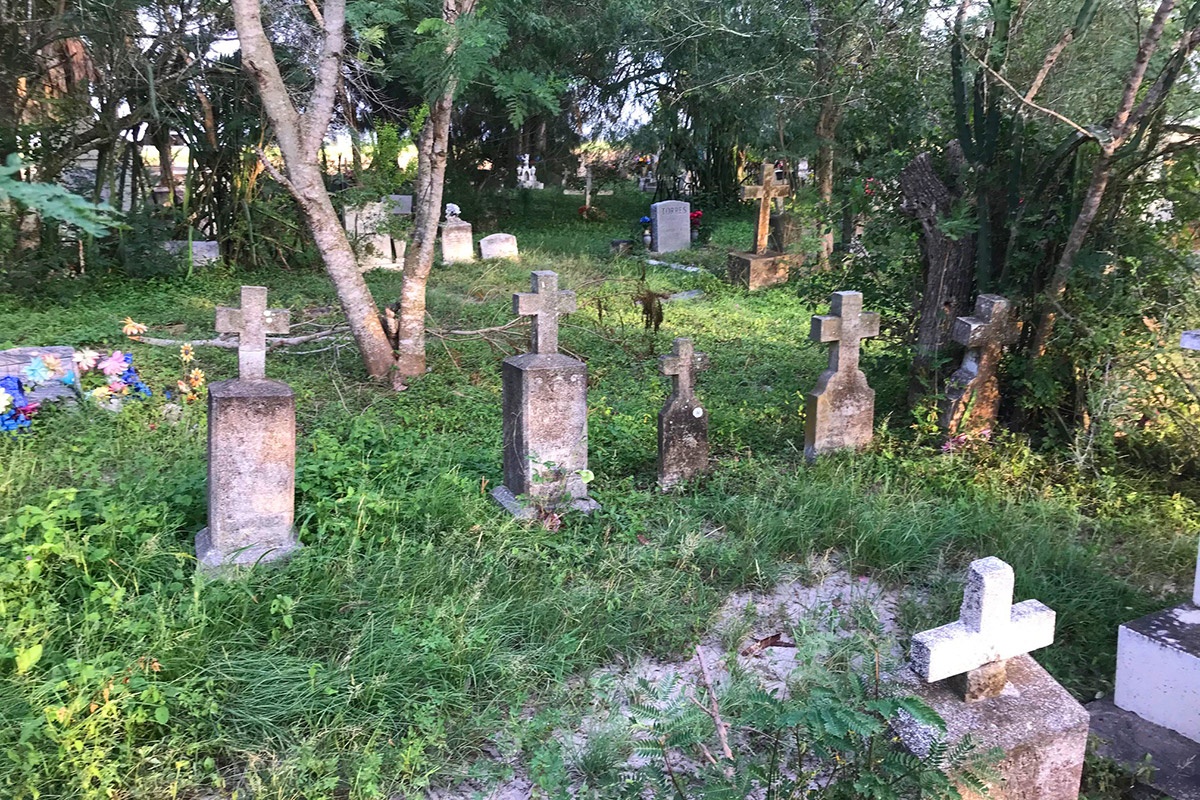
Eileen Mattei
Cameron County has at least 103 cemeteries; Hidalgo County has over 123, Willacy 19, and Starr has 15. A good number of these have Texas Historical Cemetery telling their history. In reality, the oldest local graves were marked with wooden crosses which disappeared under floods and border sunshine. That’s why a few cemeteries are known to exist but can’t be located.
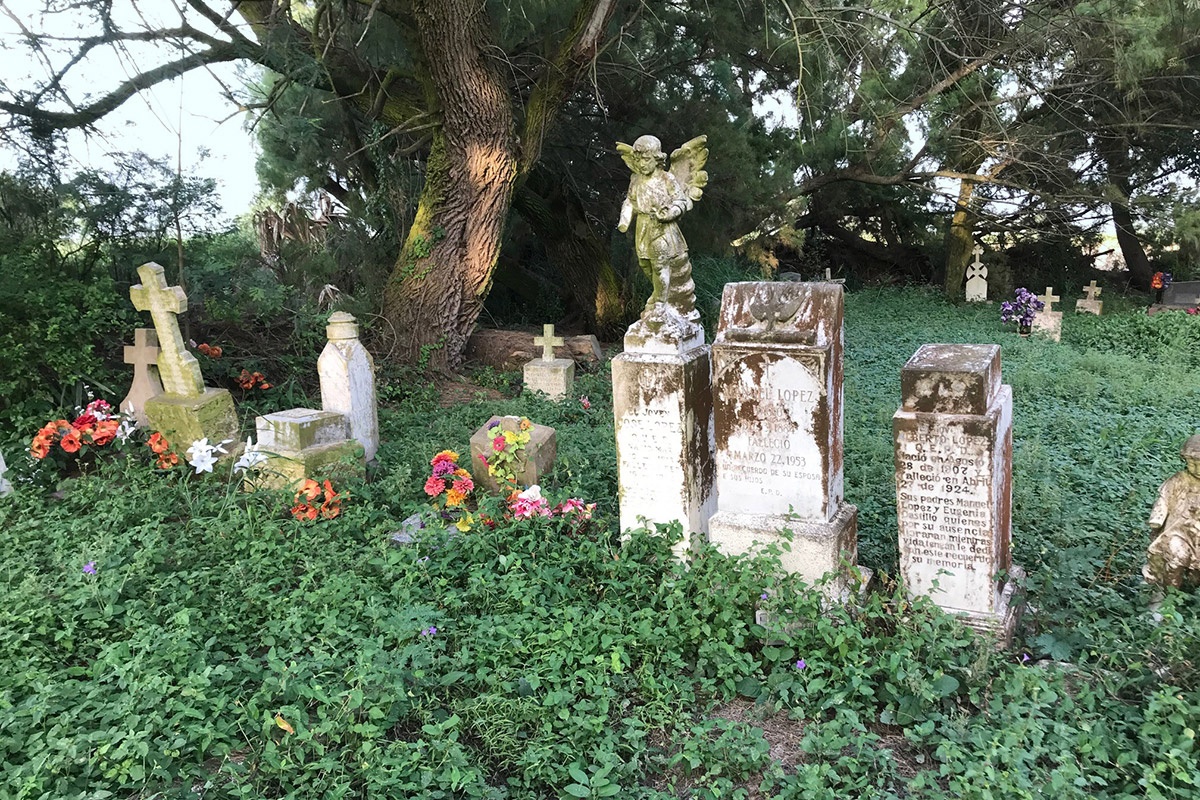
Eileen Mattei
I think the best place to start exploring is Brownsville’s Old City Cemetery (1853). It contains graphic reminders of the epidemics—cholera, yellow fever, small pox, influenza, measles—that claimed so many lives not that long ago. The Old City Cemetery Center (600 Jackson St.) provides a fun, fact-filled introduction to history and tombstone folk art. Lambs, circles, roses, doves and pointing fingers all had specific meanings. Be sure to pick up a map here before entering the cemetery which echoes New Orleans’ graveyards, with its raised tombs, crypts and ornate fencing.
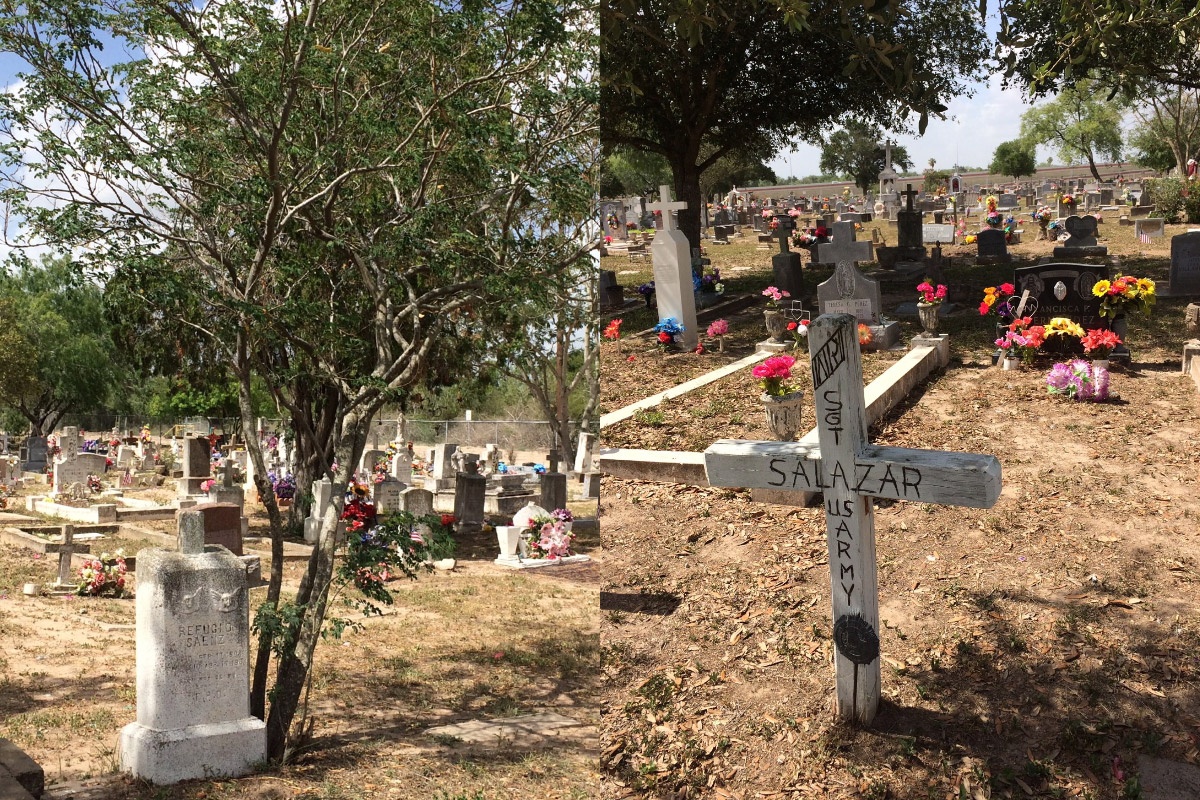
Eileen Mattei
Large interpretive signs indicate deceased Brownsville notables: sheriffs, ranchers, riverboat captains, impresarios, and merchants, along with a mother and daughter, Harriet and Delia Kimball, who died of yellow fever 2 days apart in 1853. Veterans of every American war other than the Revolutionary War also found a final resting place here. Cast concrete tree stumps denote members of Woodmen of the World, a burial insurance organization. Adjacent is the Hebrew cemetery, the only one in the Valley until 1950.
Even older is Old Port Isabel Cemetery, which is crowded onto a rise over the Laguna Madre and dates from the 1840s. Major Samuel Ringgold, who died after the battle of Palo Alto in 1846, was initially buried here. Exuberant memorials reflect the town’s livelihood in boats and fishing motifs. Photographs and small biographies give strangers a glimpse beyond the grave marker.
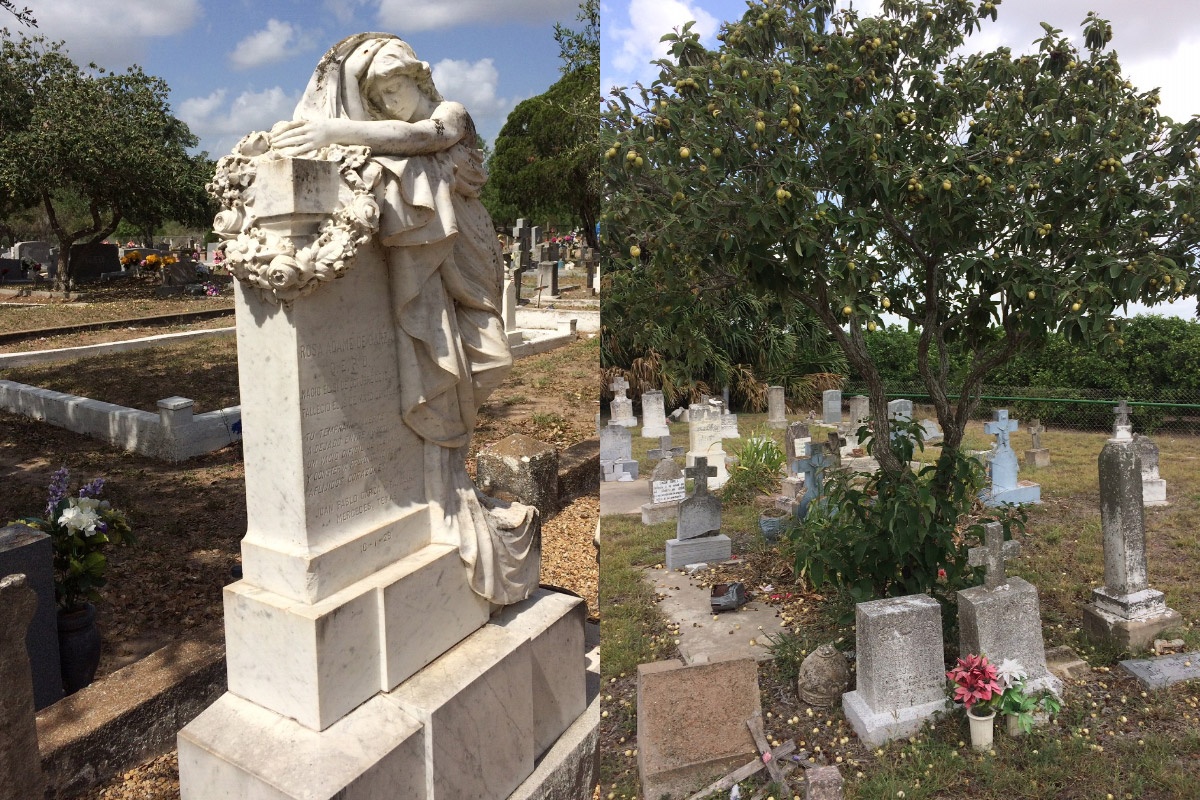
Eileen Mattei
Numerous ranch and family cemeteries edge Military Highway and rank among the region’s oldest graveyards. Heading west from Brownsville, you will find Sabas Cavazos (1878), Esparza (1888), Zacatal, Toluca, and Relampago cemeteries. At La Paloma Ranch cemetery, east of Brownsville, note that all the graves face south to Mexico. The bare earth is traditional in Mexican cemeteries. At Bluetown, the carefully tended Longoria cemetery (1853) offers a refuge from 21st century bustle amid worn grave markers and shiny new ones. Farther west, a ranch cemetery remains on Santa Ana National Wildlife Refuge.
North of Mercedes, a large ranch burial ground in use since 1836 took its name from the Tampacuaze Indians once in the area. At Campacuas Cemetery, established on Antonio Cano’s Rancho Guadalupe on the Llano Grande land grant, salt cedars and olive trees whisper in the southeast breeze. Solar-powered lights rim a small grave.
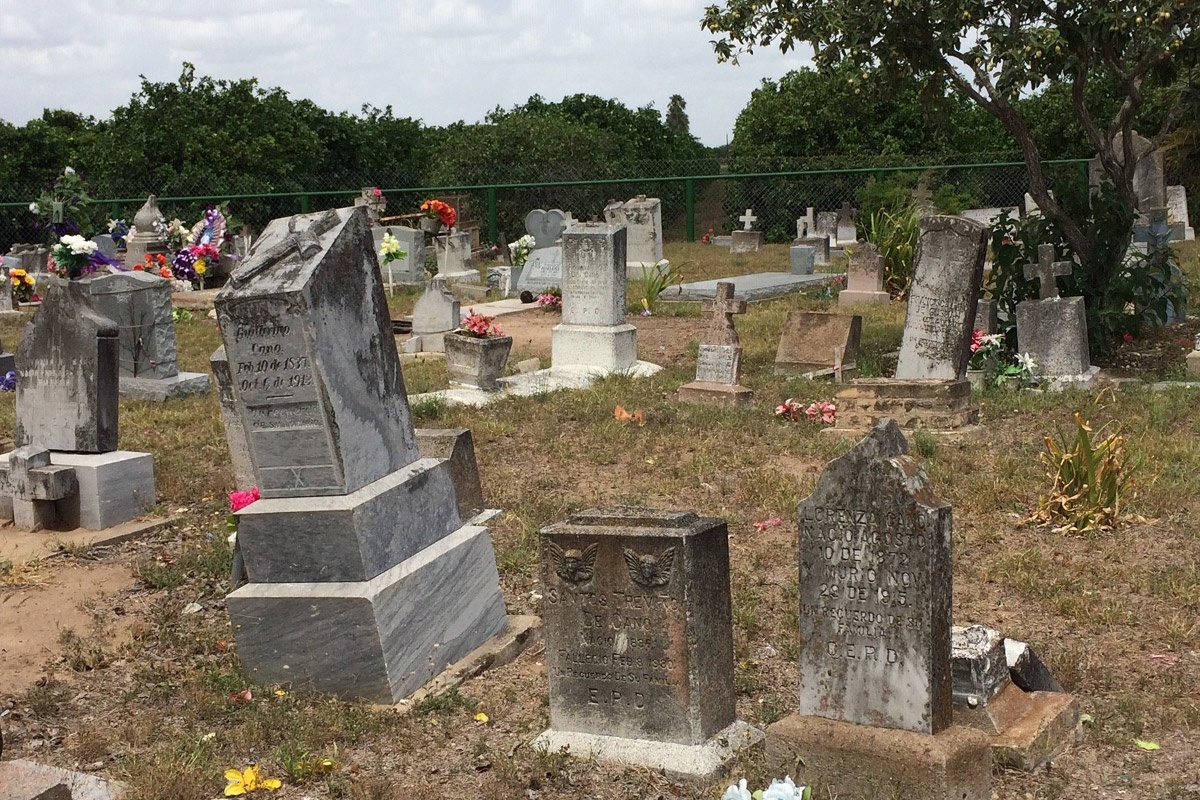
Eileen Mattei
Harlingen’s city cemetery was established in 1909 to hold the grave of young Robert Weems, who died after falling into a vat of cane syrup. As was common for many years, this graveyard was divided into sections for infants, Anglos, Hispanics, Blacks and soldiers. La Feria Cemetery had a corner known, sadly, as Babyland, because so many infants and children did not survive.
At Our Lady of Mercy Cemetery in Mercedes, the graves all face north. A towering memorial honors Father Pierre Keralum, the Oblate missionary on horseback and architect of several Valley churches. He died in 1872, traveling between ranches and was buried where he fell. On up the Valley to Rio Grande City and Roma, old cemeteries beckon passersby to stop by. And you should.
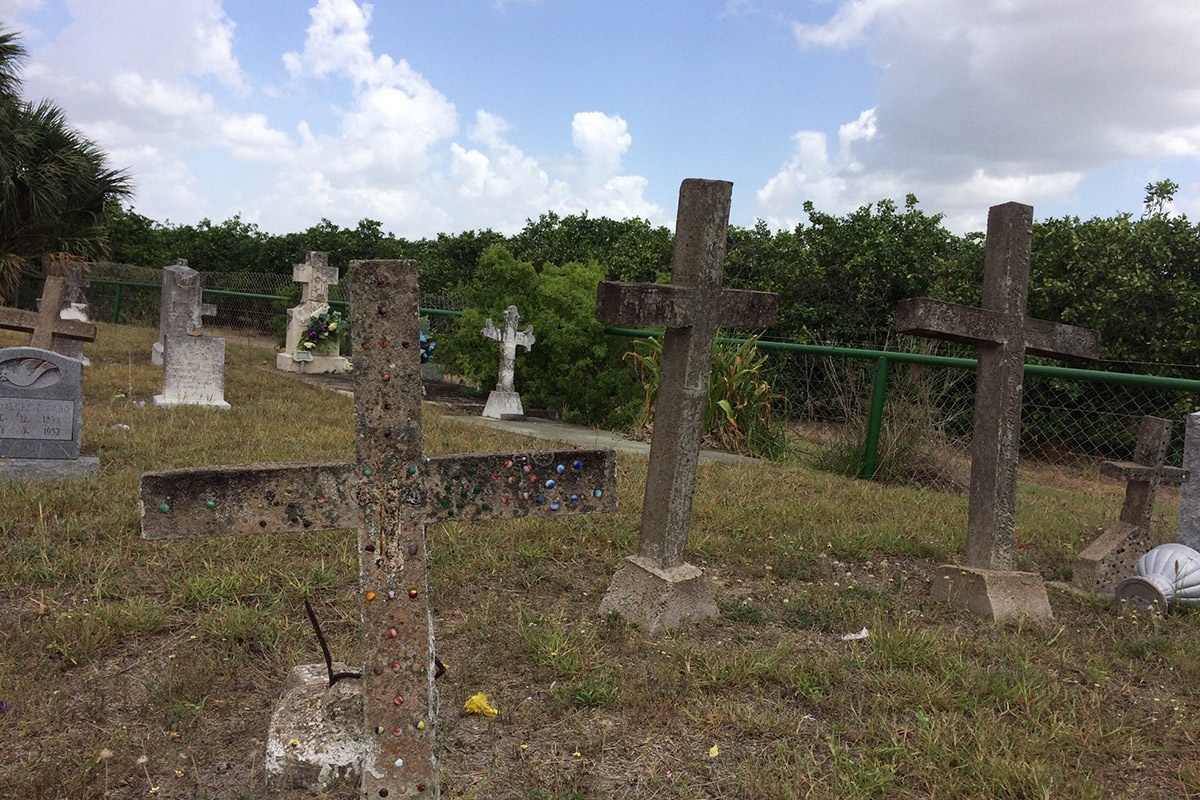
Eileen Mattei
Texas Historical Commission’s Atlas of Texas website lists cemeteries by county, but the site is not very user-friendly. An older informative site that is easy to navigate and has good directions is cemeteries-of-tx.com. Maybe you can volunteer to clean up a portion of an old cemetery this month. Then check city websites for Day of the Dead events and help welcome the dead back to their communities.
